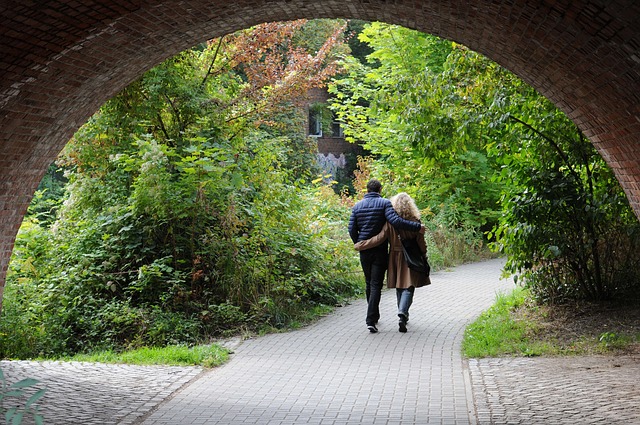
Living near Trees Is Good for Your Health
It has long been suggested that spending time in natural outdoor environments may enhance human health, but researchers from the University of Chicago took this notion a step further by quantifying just how beneficial it is.
After reviewing a database of public trees and health records in Toronto, they revealed that living around an extra 11 trees per street lowers the risk of heart disease, diabetes, and obesity.
The health benefits were equated to receiving an annual salary increase of $20,000, and those living near a greater density of public trees also reported significantly improved self-perception of health (how healthy a person perceives himself to be).
July 25, 2015 | Source: Mercola.com | by Dr. Mercola
It has long been suggested that spending time in natural outdoor environments may enhance human health, but researchers from the University of Chicago took this notion a step further by quantifying just how beneficial it is.
After reviewing a database of public trees and health records in Toronto, they revealed that living around an extra 11 trees per street lowers the risk of heart disease, diabetes, and obesity.1
The health benefits were equated to receiving an annual salary increase of $20,000, and those living near a greater density of public trees also reported significantly improved self-perception of health (how healthy a person perceives himself to be).2 According to the study:3
“We find that having 10 more trees in a city block, on average, improves health perception in ways comparable to an increase in annual personal income of $10,000 and moving to a neighborhood with $10,000 higher median income or being 7 years younger.
We also find that having 11 more trees in a city block, on average, decreases cardio-metabolic conditions in ways comparable to an increase in annual personal income of $20,000 and moving to a neighborhood with $20,000 higher median income or being 1.4 years younger.”
Why Is Living Near Trees Healthy?
Spending time in green spaces has psychological and physical benefits. Simply taking a walk in a natural area has been shown to decrease the pattern of negative thinking known as rumination, which is linked to an increased risk of depression.4 Those researchers noted:
“This study reveals a pathway by which nature experience may improve mental well-being and suggests that accessible natural areas within urban contexts may be a critical resource for mental health in our rapidly urbanizing world.”
Indeed, more than 80 percent of Americans live in urban areas,5 which can limit access to green spaces and potentially worsen public health. In addition to improving well-being, those living in a greener environment report fewer health complaints and better mental health.6
All types of green space – city parks, agricultural areas, forest, etc. – were equally beneficial. Cognitive function may also improve. In a study of 2,600 children between the ages of 7 and 10, those with greater exposure to green spaces, particularly while at school, had improved working memory and decreased inattentiveness.7
A 2014 study similarly found that children attending schools with greater amounts of vegetation scored higher on academic tests in both English and math.8 Not to mention, older adults who spend more time outdoors have less pain, sleep better, and have less functional decline in their ability to carry out their daily activities.9
